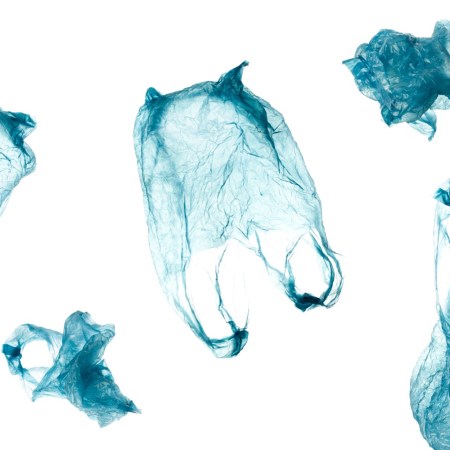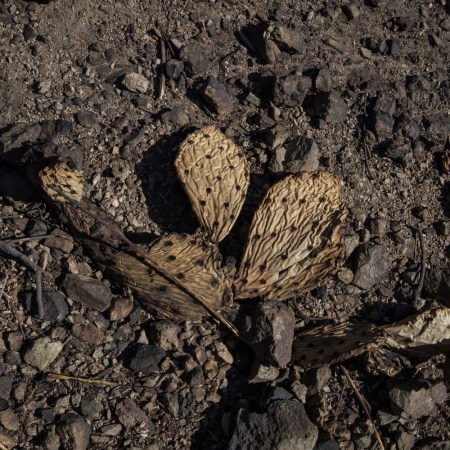There’s an old adage cautioning people about situations in which the cure for a particular condition ends up being worse than the disease it’s meant to address. And perhaps everything old is new again, because the presence of PFAS — or “forever chemicals” — has been detected in a number of ubiquitous places, pointing to the ways in which they have become intertwined with nearly every aspect of everyday life.
The latest instance of this — via an article in The Guardian — points to the presence of forever chemicals in a significant number of insecticides that are frequently used for pest control. Making matters more alarming is the fact that the EPA, based on The Guardian‘s reporting, has yet to address some of the issues brought up by a recent scientific study.
That study, titled “Targeted analysis and Total Oxidizable Precursor assay of several insecticides for PFAS,” appears in the November 2022 issue of Journal of Hazardous Materials Letters. The study explored 10 different types of insecticide used on a particular field. Among the conclusions: “Perfluorooctane sulfonic acid (PFOS) was found in 6 of the 10 formulations.”
Is that alarming? It probably should be. In their write-up of PFOS, the American Chemical Society notes the “multiple hazards” that it poses, including general toxicity, the ability to damage the eye and a heightened risk of cancer.
Insecticides are far from the only place PFAS have turned up. But this new report points to how entangled they are with other systems — and is another indication of how difficult avoiding PFAS can be.
Thanks for reading InsideHook. Sign up for our daily newsletter and be in the know.


















